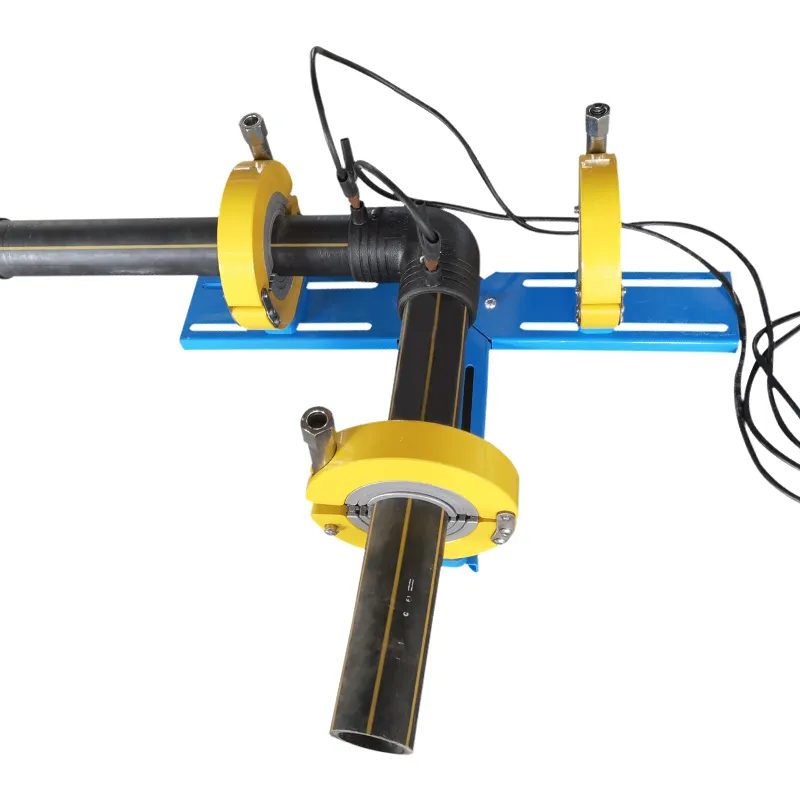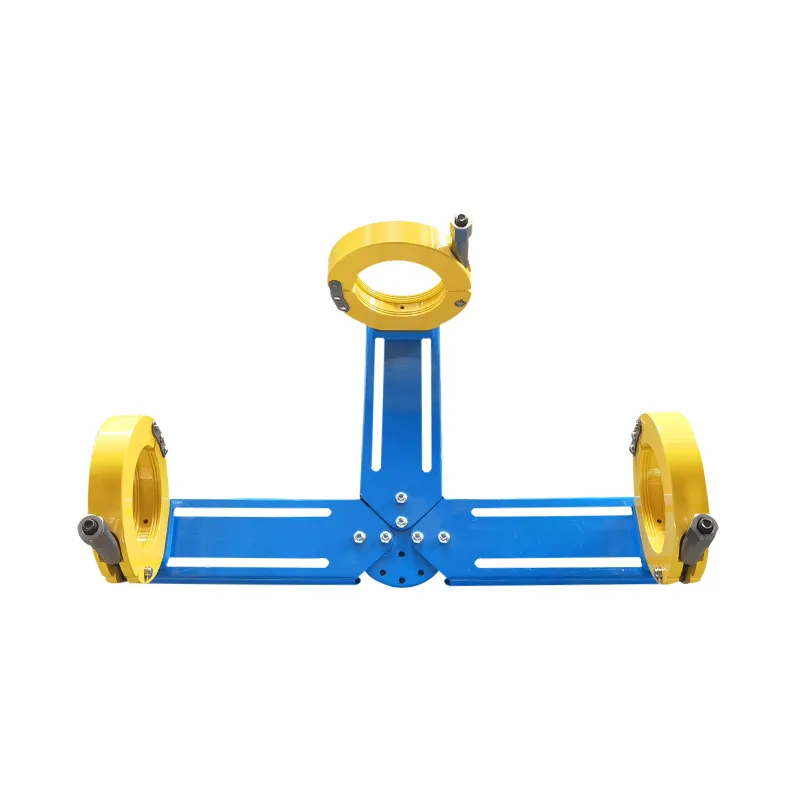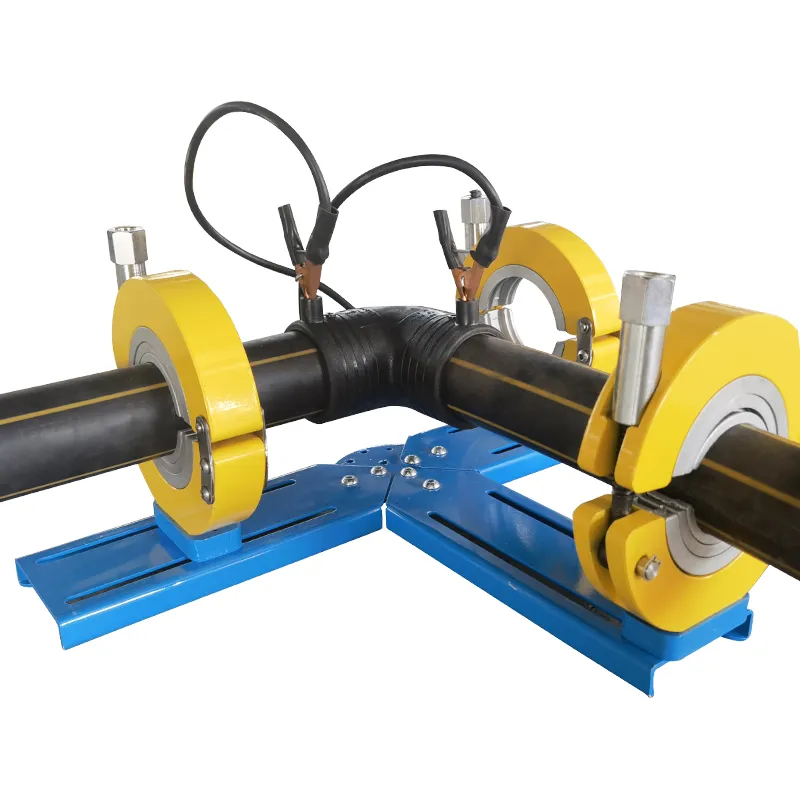Compatibility of HDPE Electrofusion Equipment
Electrolysis equipment is the heart of the electrofusion process. As the name suggests, an electrolytic cell is used to fuse the hydrogen and oxygen in the plastic, making it a gas. These cells are generally made up of electrolysis cells or a generator, a separation unit and an oxygen tank. But each manufacturer has their own machines and it is important to choose the right one for your application. If you are using an electrofusion machine for the first time, it is recommended that you choose the right plastic and machine to suit your application. For example, if you are making buckets, food grade HDPE is suitable. If you are making plastic composite parts, choose a machine that does not produce too high a temperature.

Counter Electrode Length and Tension
Counter electrodes are like the blood in the body which carries the hydrogen to the parts of the plastic. The length of the counter electrode is dependent on the type of machine you’re using. Counter electrodes need to be welded to the top and bottom of the machine, as they are continuously exposed to heat and pressure in the machine. And during electrofusion, the counter electrode is in direct contact with the reaction tank. Counter electrodes are usually made of stainless steel. Counter electrodes need to be welded to the top and bottom of the electrolysis cell, because they are exposed to heat and pressure in the electrolysis cell, and in the process of electrofusion, the counter electrode is in direct contact with the reaction tank. A good rule of thumb for determining the correct length for your counter electrode is to account for the thickness of the plastic you are electrofusing. Counter electrodes also need to have a certain gap between the wall of the machine and the electrode to prevent melted plastic from dripping onto the machine. For a seamless and safe electrofusion experience, the counter electrode needs to be in perfect contact with the reaction tank.
Plastic flexibility tester (PFT)
When you are making composite parts (like buckets, bins and parts made up of HDPE), it is essential to test the flexibility of the plastic. The FFT is made up of a sample of the plastic you are using, two electrodes and a control unit. The sample is placed in the middle of the electrodes, and the voltage is applied through the electrodes. This causes hydrogen to be released from the plastic, and a spark is produced. If the plastic does not have the required flexibility, you can use the FFT to check the flexibility of the plastic. The FFT can also be used to test the flexibility of other materials like Polypropylene, Polycarbonate, Polyethylene and Polyvinylchloride (usually PVC).
Pipe bend tool (PBT)
For easy access to the reaction tank, a PBT is an essential piece of plumbing. A PBT is a rod-like device with a bend at one end, made of stainless steel. A PBT is used to place a welding electrode at the bend in the PBT, which is then welded to the side of the electrolysis cell. PBTs come in different lengths and the length required for your application depends on the distance between the side of the electrolysis cell and the side where the bending is required. A PBT is used to place a welding electrode at the bend in the PBT, which is then welded to the side of the electrolysis cell. PBTs come in different lengths and the length required for your application depends on the distance between the side of the electrolysis cell and the side where the bending is required.
Air dryer (AD)
During the electrofusion process, hydrogen gas is produced, and you need to collect this gas and make it less explosive. An air dryer is used to collect hydrogen gas. It is made up of a tank, a control unit, two-way regulator and a pipe. The AD is connected to the electrolysis cell, and during operation the hydrogen gas enters the tank through the two-way regulator. The control unit maintains a certain temperature inside the AD. If you are using a push-pull system, the AD is connected to a side port. An air dryer is used to collect hydrogen gas. It is made up of a tank, a control unit, two-way regulator and a pipe. The AD is connected to the electrolysis cell, and during operation the hydrogen gas enters the tank through the two-way regulator. The control unit maintains a certain temperature inside the AD. A push-pull system is preferred for continuous electrofusion of HDPE. For push-pull operation, the AD is connected to a side port.
Electrical Wobble test machine (EWTM)
Electrofusion machines have a few moving parts, like the oxygen tank and the hydrogen tank. A machine with a wobble is not good, so these parts need to be wobble-less. A machine with an electrical wavy pattern shows this wavy pattern on a computer screen, which tells you that your machine is not wobble-free. So, these are important things to check while using an electrofusion machine. An EWTM checks these things, and it uses electrical sensors to detect the wavy pattern. The EWTM is a valuable piece of equipment, as it helps you spot potential problems in your electrofusion machine before they occur, and fix them if they do. An EWTM checks these things, and it uses electrical sensors to detect the wavy pattern. The EWTM is a valuable piece of equipment, as it helps you spot potential problems in your electrofusion machine before they occur, and fix them if they do.

Conclusion
Electrofusion is a modern process that can produce strong, impact-resistant and heat-resistant plastics. HDPE, which stands for high-density polyethylene, is one of the most commonly used materials for these applications. It can be used for buckets, tubs, jars, containers and various other applications. For an effective electrofusion run, you need to choose the right equipment for your application. From the type of machine to the length of counter electrode and the number of counter electrodes, choosing the right equipment can make all the difference in the world.









659.webp)
210.webp)
328.webp)

294.webp)
476.webp)


